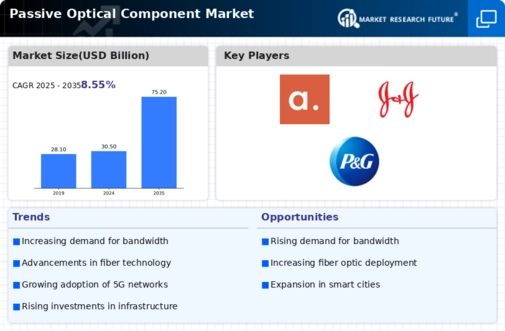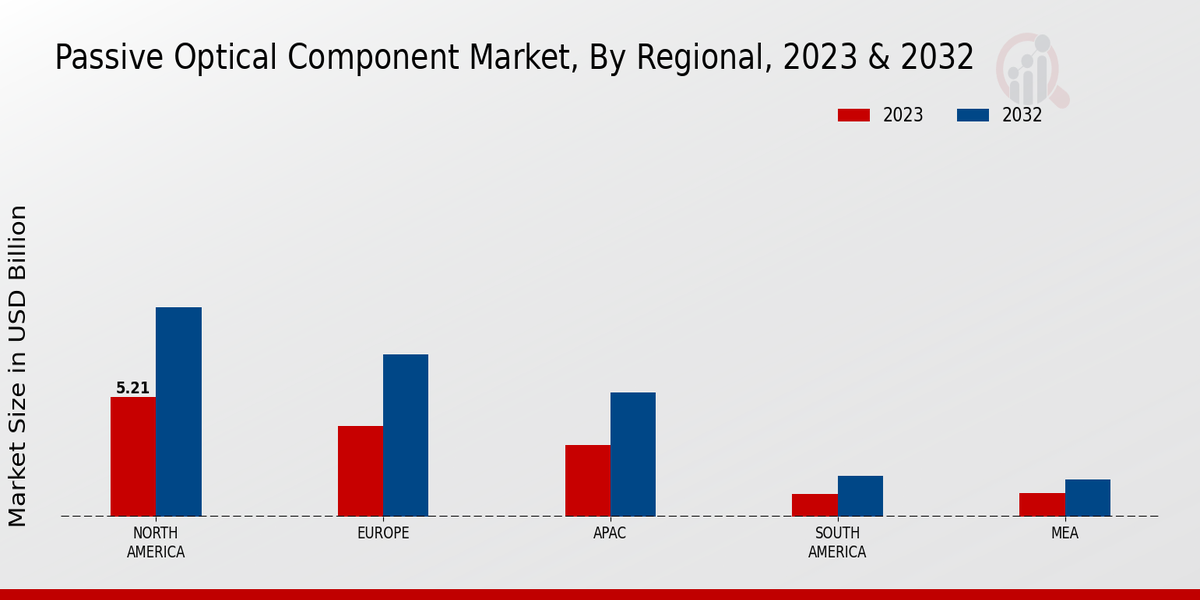The Passive Optical Component Market has seen significant growth and transformation over the past few years, driven by the increasing demand for high-speed data transmission and the expanding telecom networks worldwide. This market encompasses a variety of components that do not require electrical power to operate, such as fiber optic cables, splitters, couplers, and multiplexers. With the ongoing advancements in technology and the rising reliance on fiber optic communications, the competitive landscape of this market is marked by strong innovations, collaborations, and strategic partnerships among key players.
Companies are striving to enhance their product offerings to meet the growing demands of various sectors, including telecommunications, data centers, and even industrial applications. The competitive insights reveal that firms are not only focusing on product development but also on expanding their geographical reach to capitalize on emerging markets.Lumentum stands out in the Passive Optical Component Market due to its robust portfolio of innovative optical technologies. The company has established a strong position through its commitment to research and development, leading to the creation of high-quality passive optical components such as optical amplifiers and wavelength multiplexers.
Lumentum benefits from its extensive experience and expertise in the telecommunications field, enabling it to provide advanced solutions that enhance network performance and efficiency. The company’s partnership strategies and customer-centric approach have contributed significantly to its market presence, allowing it to cater to diverse client needs across various industries. By focusing on delivering reliable products that maintain network performance while adapting to changing market demands, Lumentum has solidified its reputation as a key player in the passive optical component sector.Vishay Intertechnology offers a compelling presence in the Passive Optical Component Market with its diverse range of optoelectronic components.
The company's strength lies in its extensive manufacturing capabilities and a wide product lineup that includes resistors, capacitors and diodes; alongside passive optical components used in communication systems. Vishay Intertechnology has established itself as a trusted supplier by prioritizing quality and performance in its component offerings, thus building long-term relationships with clients from various industries. The company is known for its innovation and continuous improvement initiatives, aiming to remain at the forefront of technology trends.
This proactive approach has allowed Vishay Inter technology to adapt to the evolving demands of the passive optical component market, ensuring that it can provide customers with state-of-the-art solutions that align with the industry's future directions.





